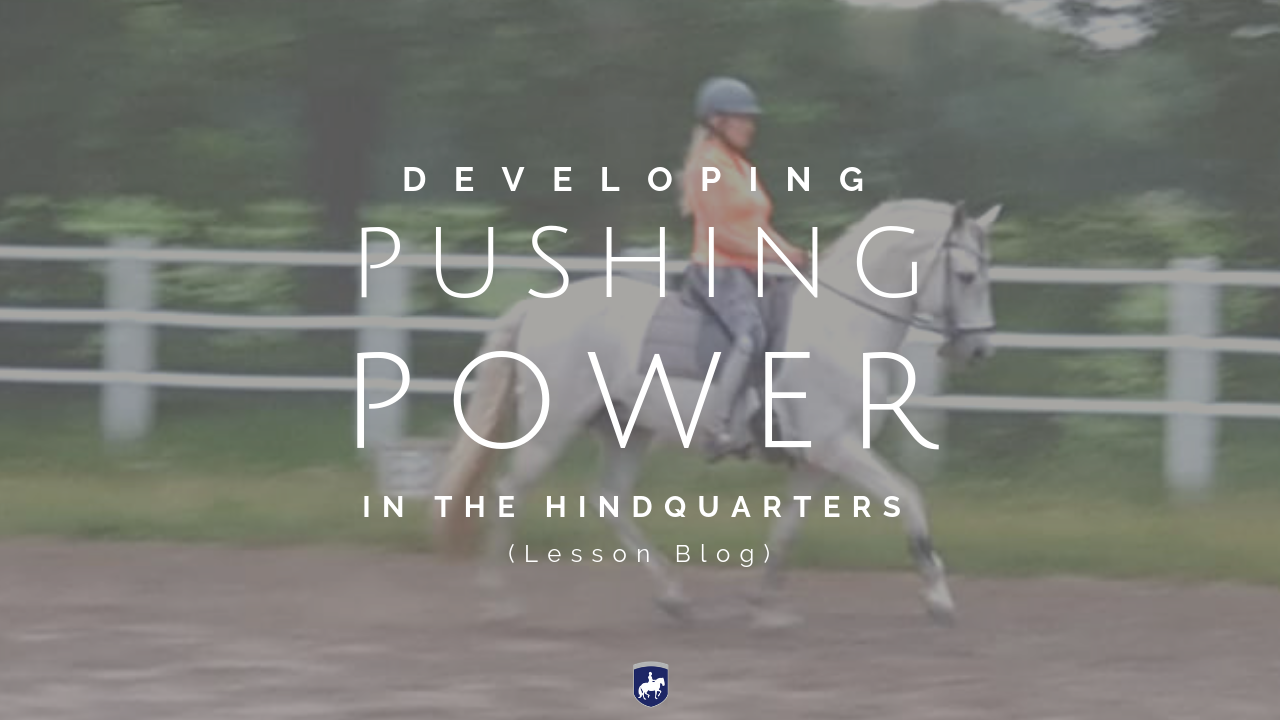Where are we and what are we doing today?
We are visiting Noor Tanger and Patrick Molenaar in The Netherlands for a few days.
I worked with Noor Tanger and her PRE Stallion Oclajoma on developing power in the hindquarters, especially pushing power. We explained to him that he can put more energy into the walk, trot, or canter, without getting faster, and that he can slow down the tempo without going to sleep. These are not intuitively logical concepts for most horses, but they have to learn that a driving aid does not mean “go faster”, and a half halt doesn’t mean “take a break”. Tempo, stride length, and energy level are different parameters of the gait that can be adjusted separately.
In order to develop the horse’s natural gaits, he needs to learn to use the ground like a trampoline, instead of using it like a sprinter uses the track. We want him to push powerfully with his hind legs, while at the same time being able to direct and to shape the energy that is created by the pushing hind legs.
We warmed Oclajoma up with some combinations of shoulder-in and turn on the forehand in motion as well as shoulder-in with turns on the haunches to loosen up his hips and shoulders and to practice weight shifts from one hind leg to the other.
In the central part of the lesson we developed Oclajoma’s pushing power by riding a trot volte in the first corner of the long side. From the point where the volte touches the long side we asked for a leg yield to the diagonal. We used this sidestepping movement to flex the outside hind leg (in terms of the bend) under the weight and to engage the inside hind more under the body. On the quarter line we asked him with a seat aid to push more for two strides (following the quarter line), then we applied two half halts to ask him to sit and not to speed up. You can think of it as saying to the horse: “Go forward, Don’t speed up”.
You can repeat these aids until you reach the end of the arena. You can make it even more precise by asking, e.g., the left hind leg to push more, then half halt into the right hind leg to flex, then ask the right hind leg to push more, and half halt into the left hind leg to flex.
In the canter we asked him to lift his withers and shoulders more in the 1st beat of the stride, and in the suspension phase we asked him to jump more energetically underneath himself.
The result was a much more powerful trot and canter. He seemed to grow bigger and more expressive, as if someone had inflated him with more air.


